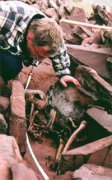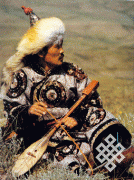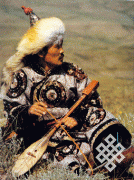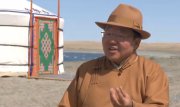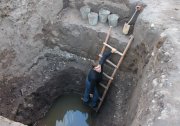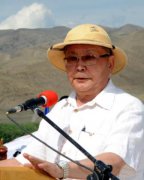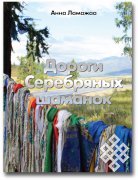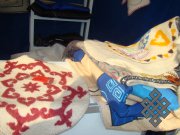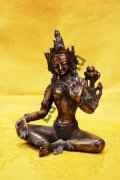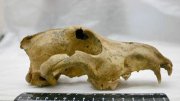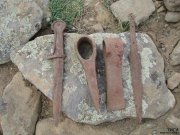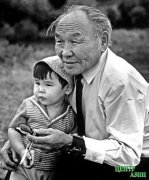 "Life can't be stopped, that means that time can't be stopped either. The saying - a time for everything - is not in vain. It really is like that: everybody is born in his own time and lives in his own times.
"Life can't be stopped, that means that time can't be stopped either. The saying - a time for everything - is not in vain. It really is like that: everybody is born in his own time and lives in his own times.
Do we have the right not to respect the past times? Do we have the right to pass judgment on the past?
Do we have the right not to forgive mistakes?
We have no such right. But we do have the right to analyze, to make choices and to prevent repeating mistakes. And mainly - to remember and to keep."
This quotation comes from Maxim Munzuk's notes from 1994. He had such a habit to first concentrate the ideas on small fragments, then to develop his ideas based on these notes on large pages.

